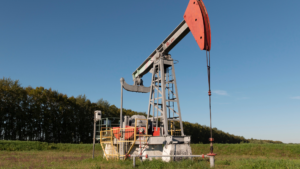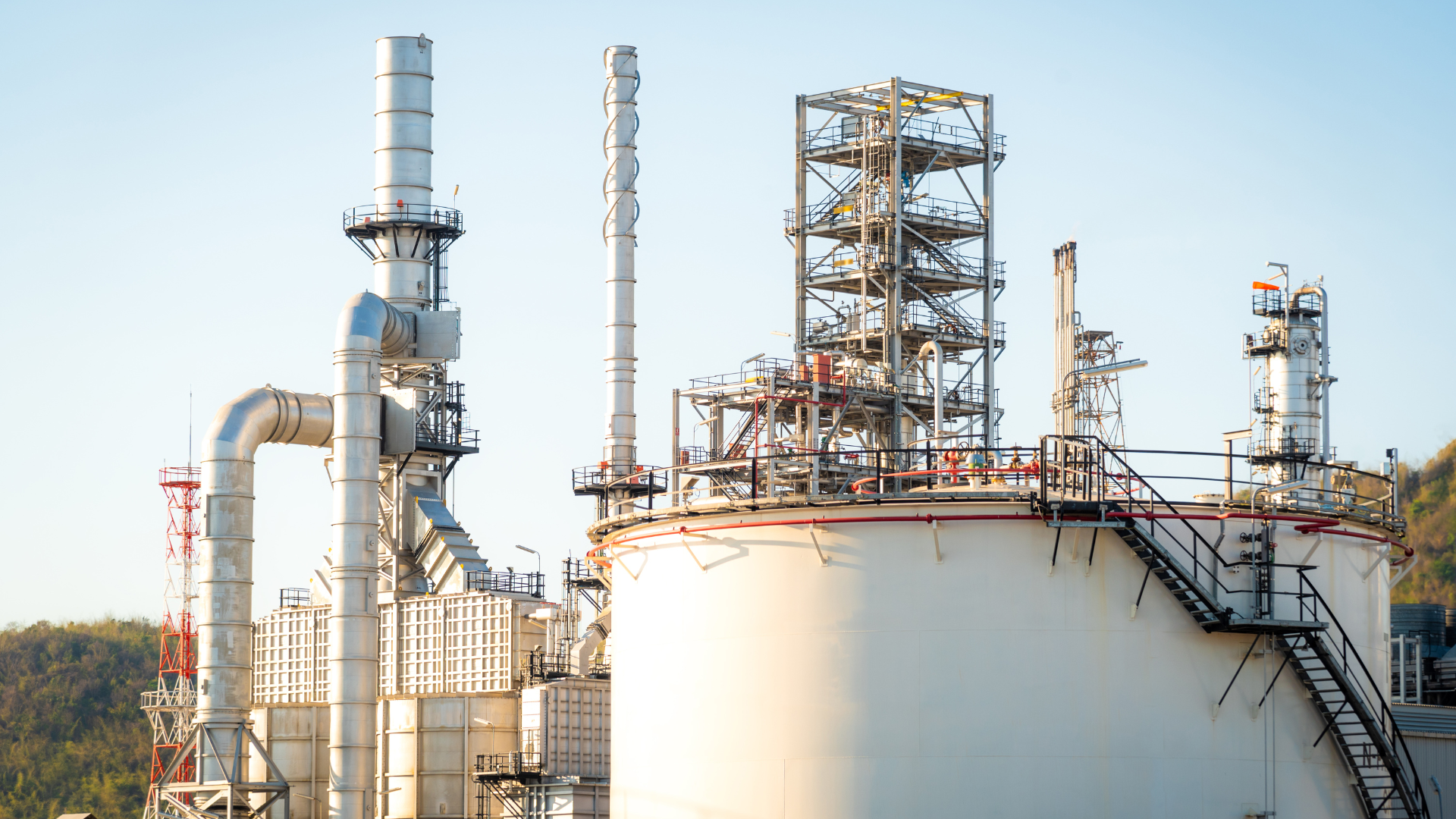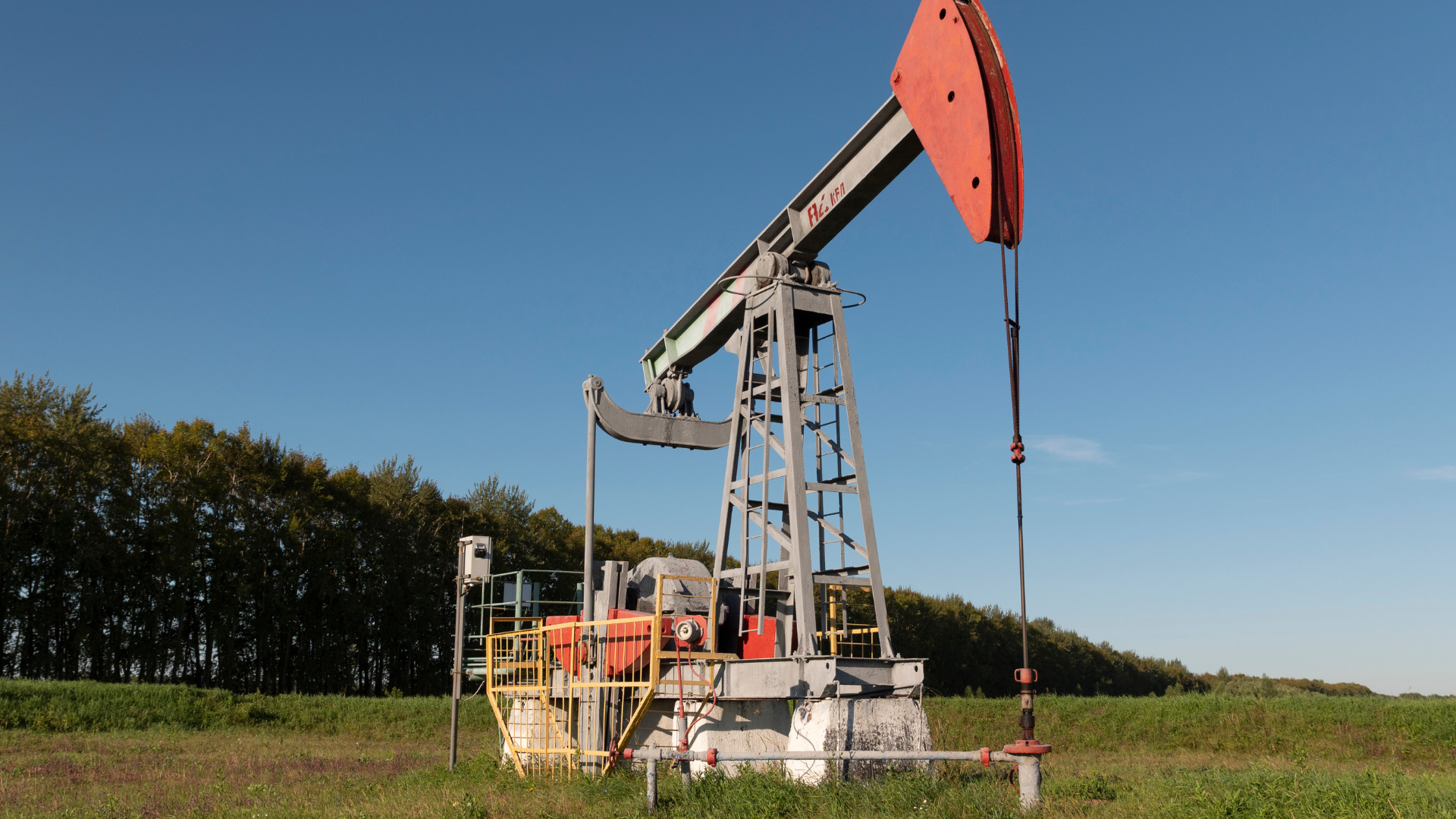Argentina is on track to surpass Colombia as one of South America’s top three oil producers, thanks to a surge in output from its Vaca Muerta shale play. Production from the massive formation has grown steadily, with November setting new records for both crude oil and natural gas. Colombia’s reliance on conventional fields and challenges in maintaining production levels have placed it at risk of losing its position as the region’s third-largest producer.
The rise in Argentina’s output has been driven by substantial investment and technological advancements in the Vaca Muerta formation, often likened to the U.S. Permian Basin. Meanwhile, Colombia faces declining reserves and political uncertainty that have hampered exploration and investment efforts. Analysts predict this shift could signal long-term changes in the region’s energy dynamics, with Argentina benefiting from increased export potential.
Argentina’s oil growth has significant implications for regional and global markets. Rising production aligns with heightened demand in key export destinations, particularly Brazil and Chile, where energy shortages have spurred new agreements for Argentine crude. Colombia, on the other hand, may struggle to compete as its exports depend heavily on diminishing reserves and aging infrastructure.
If Argentina secures the third spot, it would mark a major milestone in reshaping South America’s energy landscape. While Vaca Muerta’s continued development appears promising, challenges like infrastructure bottlenecks and regulatory hurdles could slow progress. However, experts argue Argentina’s momentum is strong enough to cement its position among the continent’s oil powerhouses.
















